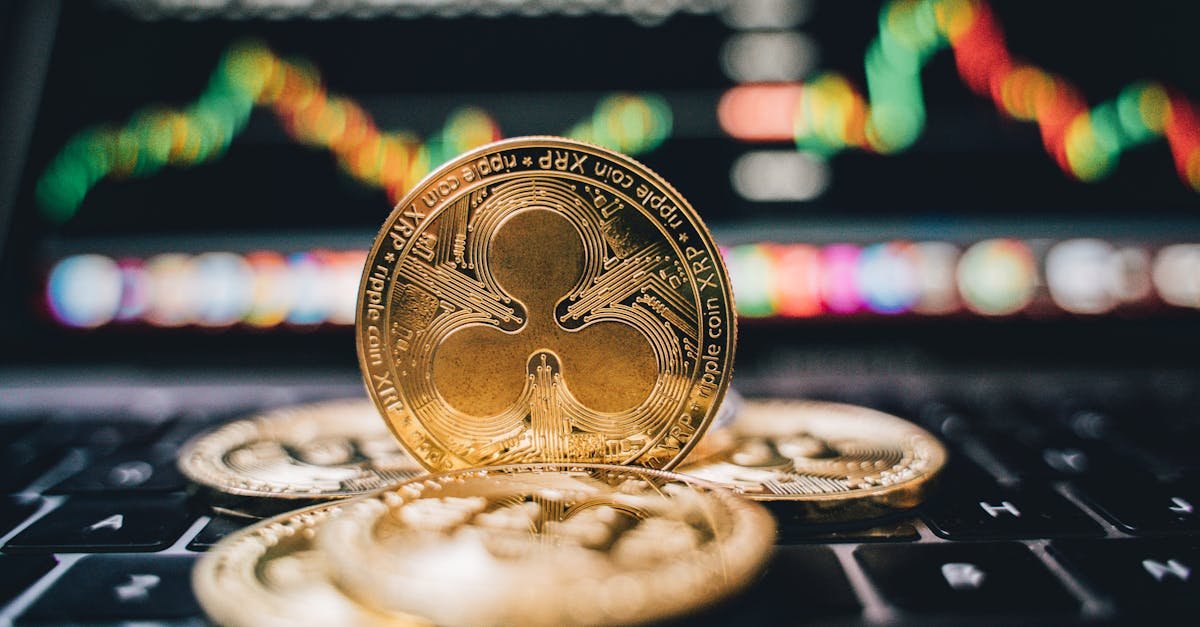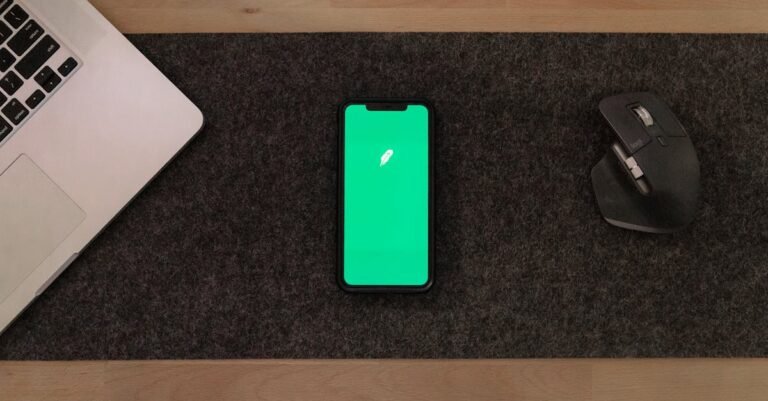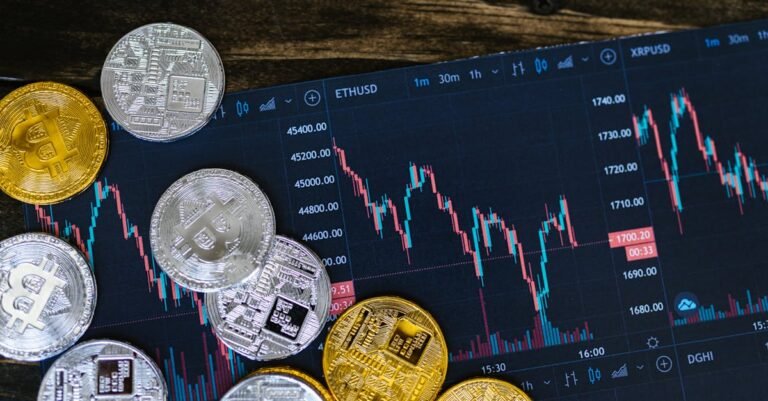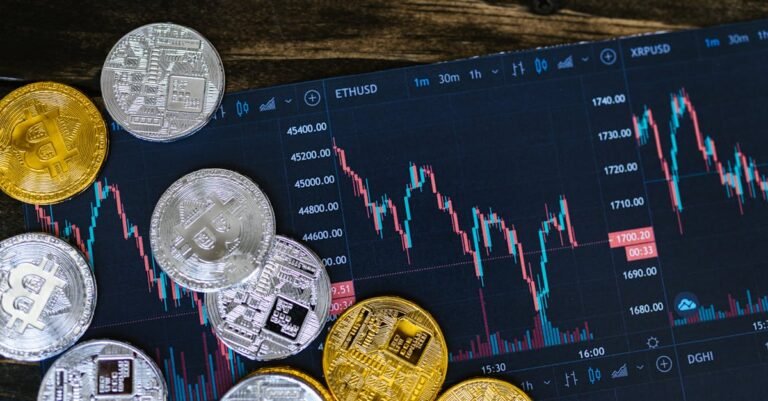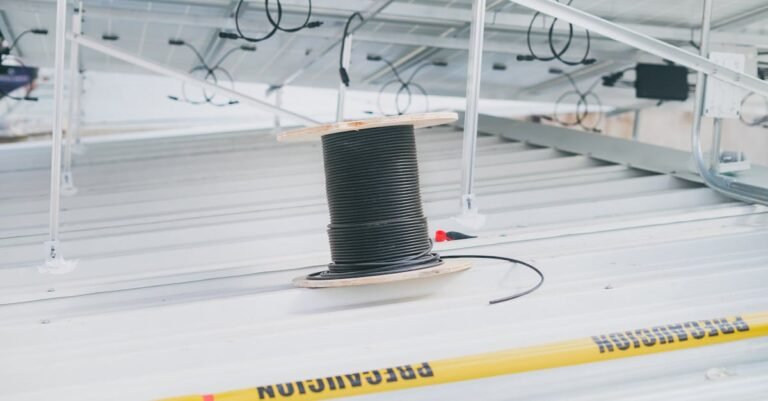Ready to Explore the Future? How to Invest in Healthcare Blockchain Tokens
Hey there! Ever feel like the world of healthcare could use a serious upgrade? Things like managing our health records, ensuring medicines are genuine, or even speeding up medical research often feel stuck in the past. Now, imagine using cutting edge technology, like the stuff behind Bitcoin, to fix some of these problems. That’s where healthcare blockchain comes in, and along with it, a new type of digital asset: healthcare blockchain tokens. You might be wondering, “Can I actually invest in this?” The answer is yes, but like any investment, especially in new tech, it’s crucial to understand what you’re getting into. It sounds futuristic, maybe even a bit complex, but stick with me. We’re going to break down what healthcare blockchain tokens are, why they might be interesting, and most importantly, how you can approach investing in them thoughtfully and carefully. Think of this as our friendly chat about navigating a really exciting, but very new, frontier in both tech and finance. Ready to dive in?
Understanding the Buzz: What Exactly Are Healthcare Blockchain and Its Tokens?
Alright, let’s start with the basics, nice and easy. You’ve probably heard of Bitcoin or other cryptocurrencies. The technology that makes them work is called blockchain. Think of it like a super secure, shared digital notebook. Everyone involved has a copy, and whenever something new is added (like a transaction, or in healthcare, maybe a piece of medical data), it gets recorded in a “block” and added to the “chain” of previous blocks. Here’s the cool part: once something is recorded, it’s incredibly difficult to change or delete it because everyone’s copy would have to be changed simultaneously, and the system is designed to prevent that. It’s transparent (everyone can see the additions, though the data itself can be kept private) and very secure.
Now, how does this apply to healthcare? The potential is huge! Imagine using this secure digital notebook for things like:
- Your Medical Records: Instead of your health history being scattered across different doctor’s offices and hospitals, often on paper or in incompatible systems, blockchain could create a single, secure, patient controlled record. You could grant temporary access to doctors or specialists when needed. This improves accuracy, reduces errors, and puts you in control of your sensitive information. Think about no longer having to fill out the same forms over and over again!
- Tracking Medicines: Counterfeit drugs are a massive, dangerous problem globally. Blockchain can track a medicine’s journey right from the manufacturer to the pharmacy shelf. Each step is recorded on that secure digital notebook. This makes it much harder for fake medicines to enter the supply chain, ensuring patient safety. It’s like giving every pill box a unique, verifiable passport.
- Speeding Up Research: Medical research often needs large amounts of patient data. Blockchain can help researchers access anonymized data (meaning it’s stripped of personal identifiers) securely and ethically. Patients might even be rewarded with tokens for choosing to share their anonymized data for research, accelerating discoveries while maintaining privacy.
- Clinical Trials: Running clinical trials involves tons of data that needs to be accurate and tamper proof. Blockchain provides a verifiable trail for trial data, increasing trust and efficiency in developing new treatments.
- Insurance and Payments: Streamlining insurance claims and payments using smart contracts (self executing contracts with the terms written into code) on a blockchain could reduce administrative costs and delays.
So, where do the healthcare blockchain tokens come in? These are special digital coins or assets created by projects building these blockchain solutions for healthcare. They aren’t just like Bitcoin, which is primarily meant as digital money. Healthcare tokens usually have specific jobs *within* their project’s ecosystem. Think of them less like shares in a company and more like keys, access passes, or reward points designed for a specific healthcare related platform or service.
Here are some common roles these tokens might play:
- Utility Tokens: These are the most common type. You might need these tokens to *use* the platform or service. For example:
- Paying for secure storage or access to your health records on a blockchain based platform.
- Researchers paying with tokens to access pools of anonymized data for studies.
- Pharmaceutical companies using tokens to track drugs through the supply chain on a specific blockchain network.
- Patients paying for telehealth consultations offered through a decentralized platform using its native token.
- Governance Tokens: Holding these tokens might give you a say in how the project develops. Token holders could vote on proposed changes, upgrades, or funding decisions for the platform. It’s like having a small voice in the platform’s future direction.
- Reward Tokens: Projects might give out tokens as rewards for certain actions. For instance:
- Patients receiving tokens for consenting to share their anonymized health data for research.
- Users getting tokens for verifying information or participating in the network’s security.
- Fitness apps rewarding users with tokens for achieving health goals, potentially usable within a connected healthcare ecosystem.
- Payment Tokens: Some tokens might be used simply as a means of payment for healthcare services or products within a specific network, potentially offering lower transaction fees or faster settlements compared to traditional methods.
Why would someone consider investing in these tokens? Well, the idea is based on potential future growth and adoption. If a healthcare blockchain project becomes successful and widely used, the demand for its specific token (especially utility tokens needed to access the service) could increase. If the token has a limited supply, increased demand could potentially lead to an increase in its price or value. Investors are essentially betting on the success of the underlying project and its ability to solve real problems in the massive healthcare industry. They might also be drawn to the potential for positive impact – investing in technology that could genuinely improve healthcare access, efficiency, and security feels good to some people. It’s an investment in innovation, hoping that this blend of healthcare and cutting edge tech will create significant value.
However, let’s be super clear: this space is very new and very risky. Healthcare is a notoriously complex and slow moving industry when it comes to adopting new technology. There are huge hurdles:
- Regulations: Healthcare is packed with strict rules, like HIPAA (Health Insurance Portability and Accountability Act) in the US, which governs patient data privacy. Blockchain projects must navigate these complex regulations perfectly, which is a major challenge. A single misstep could be fatal for a project.
- Data Privacy Concerns: While blockchain can enhance security, putting sensitive health data on any digital system raises privacy concerns. Projects need robust methods for anonymization and securing data, ensuring patient trust.
- Getting Everyone On Board (Interoperability): For blockchain solutions to work effectively, especially for things like patient records, different hospitals, clinics, and systems need to be able to communicate. Achieving this “interoperability” is a huge technical and logistical challenge. Will existing healthcare giants adopt these new systems?
- Adoption Hurdles: Doctors, hospitals, and patients need to be convinced to use these new systems. This requires education, training, and demonstrating clear benefits over existing methods. Change is hard, especially in healthcare.
- Technical Complexity & Scalability: Blockchain technology itself is still evolving. Can these healthcare platforms handle potentially millions of users and transactions quickly and efficiently (scalability)? Are they truly secure against sophisticated hacks?
So, while the potential is exciting – imagine a world with truly portable and secure health records, or verifiable medicines – the path to get there is filled with obstacles. Investing in healthcare blockchain tokens means believing a project can overcome these significant challenges and achieve real world adoption in one of the most complex industries on the planet. It requires understanding not just the technology, but the intricacies of healthcare itself. It’s definitely not a get rich quick scheme; it’s a speculative investment in a potentially transformative, but highly uncertain, future.
Navigating the Future: How to Research and Invest in Healthcare Blockchain Tokens
Okay, so you understand the basics of healthcare blockchain and its tokens, and you’re aware of both the exciting potential and the significant risks. If you’re still intrigued and considering exploring this space further as an investment, the next step is crucial: research, research, research! Seriously, I can’t emphasize this enough. Investing in established assets is one thing; investing in niche, early stage technology tokens requires a whole different level of diligence. Let’s break down how you might approach this.
Where Do You Even Find These Things?
Healthcare blockchain tokens aren’t usually found on the biggest, most mainstream cryptocurrency exchanges right away, especially the smaller or newer projects. You might need to look in places like:
- Specialized Crypto Exchanges: Some exchanges focus on listing smaller “altcoins” or tokens from specific sectors. You’ll need to find reputable ones (check their security history, user reviews, and regulatory compliance if applicable).
- Decentralized Exchanges (DEXs): These platforms allow peer to peer trading without a central intermediary. They often list newer or more obscure tokens, but using them requires more technical understanding and carries different risks (like smart contract vulnerabilities).
- Project Websites & Launchpads: Sometimes, new projects initially offer their tokens directly through their website or via “Initial DEX Offerings” (IDOs) on crypto launchpad platforms. Be extremely cautious here, as scams are unfortunately common in this space.
- Crypto News & Research Sites: Following reputable crypto news outlets or research platforms that specialize in blockchain projects can help you discover new healthcare related tokens. Look for sites known for objective analysis, not just hype.
Remember, just because a token is listed somewhere doesn’t mean it’s a good investment. Listing criteria can vary wildly between platforms.
Your Research Toolkit: Digging Deep
Once you’ve identified a potential healthcare blockchain project, it’s time to put on your detective hat. Don’t just rely on flashy marketing or what influencers might be saying online. You need to dig into the fundamentals:
- The Team Behind the Token: This is huge. Who are the people running this project?
- Do they have real world experience in both healthcare (understanding the problems, regulations, industry players) and blockchain technology (building secure, scalable systems)? Having just one isn’t enough.
- Are they transparent? Is information about the core team readily available (LinkedIn profiles, advisory board)? Anonymous teams are a major red flag.
- What’s their track record? Have they successfully built or managed projects before?
- The Whitepaper – Your Project Blueprint: This document should explain everything about the project. Read it critically!
- Problem Solved: What specific problem in healthcare are they trying to solve? Is it a genuine pain point, or just a solution looking for a problem?
- Blockchain’s Role: Why is blockchain necessary for their solution? Could it be done better with a traditional database? Be skeptical of projects using blockchain just for hype. How *exactly* does the technology provide a benefit (e.g., trust, transparency, security)?
- The Solution: Is their proposed solution practical and viable? Does it consider the complexities of the healthcare system (regulations, integration with existing systems)?
- Tokenomics (The Token’s Economy): This is vital. How does the token work within the project?
- Purpose: What is the token actually used for (utility, governance, rewards)? Is there a clear *need* for the token within the ecosystem?
- Supply: Is there a fixed maximum supply (like Bitcoin), or can more tokens be created (inflationary)? How many tokens exist now, and how will the rest be released?
- Distribution: How were/are the tokens distributed? How much is held by the team, early investors, and the public? Large team/insider holdings with short unlocking periods can lead to selling pressure.
- Demand Drivers: Crucially, how does increased use of the platform/service lead to increased demand for the token? If the platform can be used without ever needing the token, its value proposition is weak.
- The Technology: You don’t need to be a coder, but assess the basics.
- What blockchain platform is it built on (e.g., Ethereum, Solana, a custom chain)? Is that platform suitable for healthcare needs (speed, cost, security)?
- Is the technology scalable to handle many users and transactions?
- Has the project’s code been audited by reputable third party security firms? This helps check for vulnerabilities.
- Real World Partnerships: This is incredibly important in healthcare.
- Does the project have genuine partnerships with established healthcare organizations like hospitals, pharmaceutical companies, research institutions, or insurance providers? Vague “memorandums of understanding” mean less than actual pilot programs or integrations.
- Adoption is key. Partnerships are often the first step towards real world use. Verify these partnerships if possible.
- Community and Roadmap:
- Is there an active, engaged community around the project (e.g., on Discord, Telegram, Twitter)? Look for intelligent discussion, not just price hype.
- Does the project have a clear, realistic roadmap outlining future development milestones? Are they actually meeting their stated goals and providing regular progress updates?
- Market and Competition:
- How big is the specific healthcare market segment they are targeting?
- Who are their competitors? This includes other blockchain projects *and* traditional companies offering non blockchain solutions.
- What makes this project unique or better than the competition? What’s their sustainable advantage?
Taking the Plunge: Practical Steps (Safely!)
If, after exhaustive research, you decide to invest a small amount you can afford to lose, here’s a simplified look at the process:
- Get a Crypto Wallet: You need a place to store your tokens.
- Software Wallets (Hot Wallets): Apps on your phone or computer (e.g., MetaMask, Trust Wallet). Convenient but connected to the internet, making them less secure. Good for small amounts or frequent trading.
- Hardware Wallets (Cold Wallets): Physical devices (like a USB stick) that keep your keys offline (e.g., Ledger, Trezor). Much more secure for long term holding. Strongly recommended for significant amounts.
- Crucial: Secure your recovery phrase (seed phrase)! Write it down, store it offline in multiple secure locations. Never share it. Lose the phrase, lose your crypto.
- Choose an Exchange (If Applicable): If buying through an exchange, select one carefully based on:
- Security measures (2FA, insurance funds, security audits).
- Fees (trading fees, withdrawal fees).
- Supported tokens (does it list the healthcare token you want?).
- User interface and ease of use.
- Regulation and reputation.
You’ll likely need to verify your identity (KYC Know Your Customer).
- Buy the Token: Transfer funds (like dollars or euros) to the exchange or use another cryptocurrency (like Bitcoin or Ethereum) to trade for the healthcare token.
- Market Order: Buys immediately at the best available current price.
- Limit Order: Lets you set a specific price at which you want to buy; the order only executes if the price reaches your target.
- Secure Your Investment: If you bought on an exchange, consider moving your tokens to your personal wallet (especially a hardware wallet) for better security. Exchanges can be hacked. Enable Two Factor Authentication (2FA) everywhere (exchange, email).
- Beware of Scams: The crypto space is rife with scams. Watch out for phishing attempts (fake emails/websites), impersonators on social media, pump and dump schemes, and projects with unrealistic promises. If it sounds too good to be true, it almost certainly is.
Managing the Inevitable Risks
Investing in healthcare blockchain tokens is speculative. Be prepared for volatility and potential losses.
- Extreme Volatility: Prices can swing wildly, much more than traditional stocks. Niche tokens are even more volatile.
- Regulatory Uncertainty: New rules from governments could significantly impact projects, especially in the heavily regulated healthcare sector.
- Low Liquidity: Smaller tokens might be hard to sell quickly without affecting the price.
- Project Failure: Many blockchain projects fail due to technical issues, lack of funding, poor execution, or failure to gain adoption.
- The Golden Rule: Invest Only What You Can Afford to Lose. Treat this as high risk speculation, not a guaranteed path to wealth.
- Diversification is Your Friend: Never put all your investment funds into one type of asset, let alone one specific token. Healthcare blockchain tokens, if you choose to invest, should only be a very small part of a well diversified investment portfolio that might include stocks, bonds, and other assets.
Investing here requires patience, strong nerves, and continuous learning. The landscape changes fast. Keep following the projects you invest in, monitor the healthcare industry’s adoption trends, and stay updated on regulatory news. It’s an active process, not a ‘set it and forget it’ investment.
Wrapping It Up: The Big Picture
So, we’ve journeyed through the exciting, complex world of healthcare blockchain tokens. We’ve seen the potential: technology that could make our health records more secure and portable, make medicines safer, and even speed up life saving research. It’s a vision where blockchain isn’t just about digital money, but about improving real lives and fixing genuine problems in a vital industry.
We also talked about the tokens themselves – the digital keys, passes, or rewards that power these innovative projects. Investing in them is essentially a bet on that vision becoming reality. It’s a chance to support innovation at the intersection of healthcare and technology.
But, and this is a big ‘but’, we’ve also been realistic about the hurdles. Healthcare is complex, regulations are strict, adoption is slow, and the technology itself is still young. Investing in healthcare blockchain tokens is undeniably high risk. It demands meticulous research, a deep understanding of both the tech and the industry, and a clear eyed view of the potential downsides. Success is far from guaranteed, and many projects may not make it.
Ready to Explore Further?
The world of healthcare blockchain is fascinating, whether you decide to invest or simply watch it develop. If this conversation has sparked your curiosity, the best next step is to keep learning. Don’t rush into anything. Start by diving deeper into the specific problems blockchain aims to solve in healthcare. Read about different projects (critically!), explore their whitepapers, and try to understand their technology and tokenomics. Maybe follow some reputable sources that cover blockchain innovation in healthcare. The more you learn, the better equipped you’ll be to understand this evolving landscape. Your journey into the future of healthcare technology starts with knowledge!
